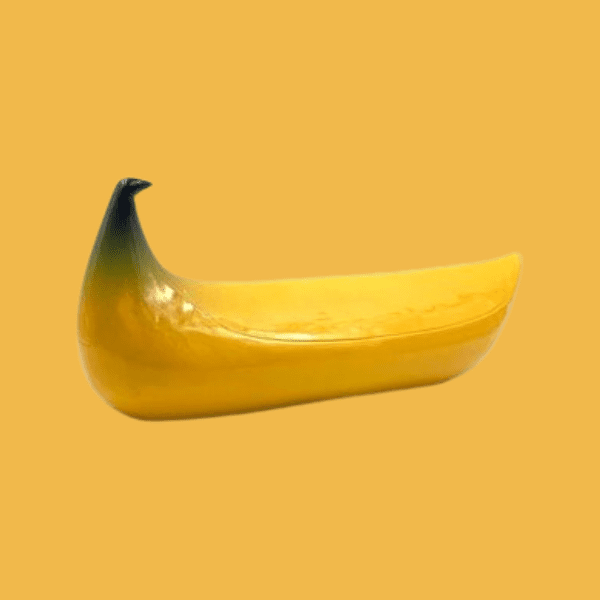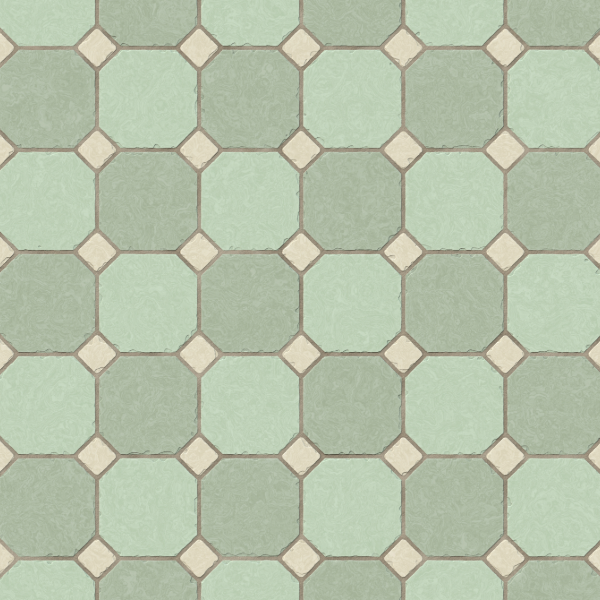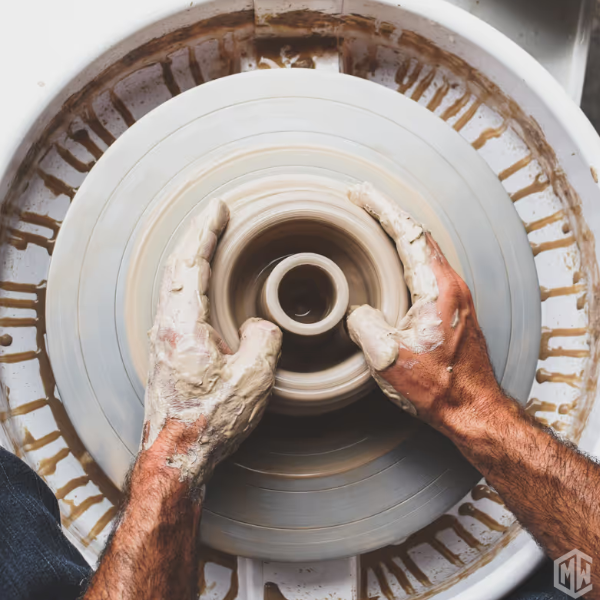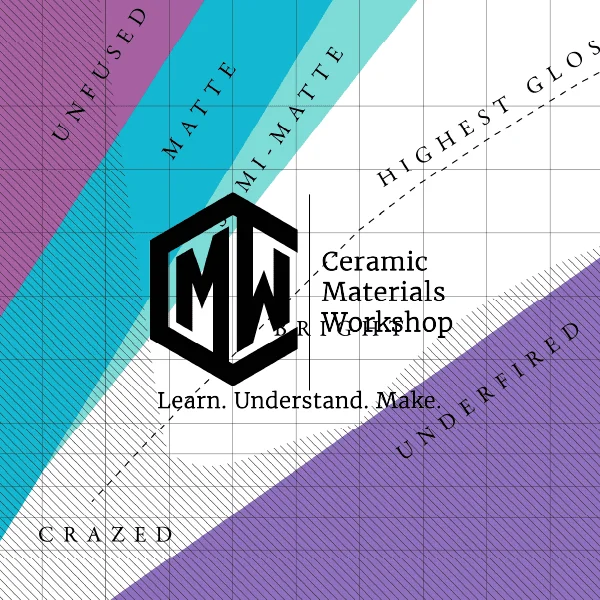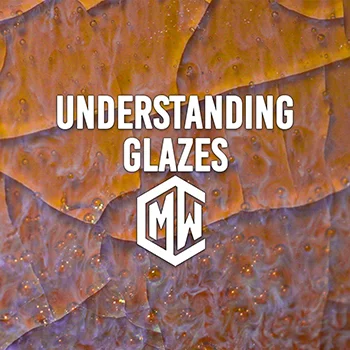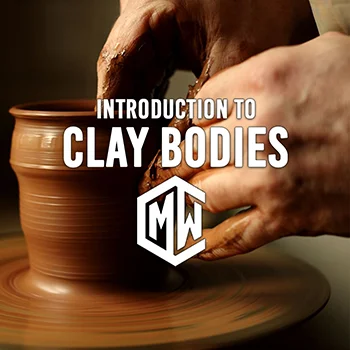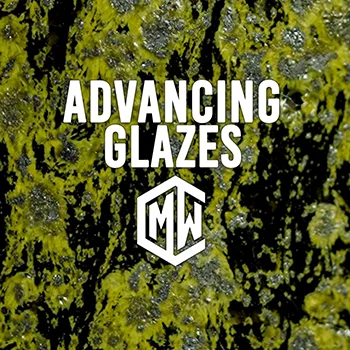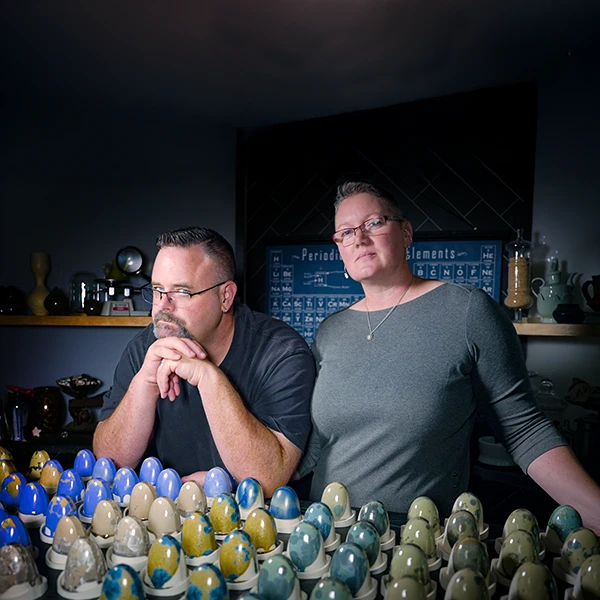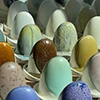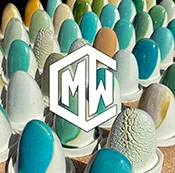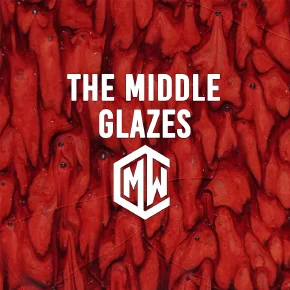Ever wondered why your pottery shrinks in the kiln? There’s some serious science going on in there! Get ready to don your lab coats and safety goggles, because we’re about to delve into the fascinating world of clay contraction and uncover the chemical shenanigans that cause your pottery to slim down during firing.

Other related topics: Read CMW’s Blog How CMW Makes a Plaster Slab fort Testing Clay Bodies
The Incredible Shrinking Clay: A Chemical Breakdown
Clay contraction or shrinkage is a bit like a weight loss journey for your pottery. As the clay heats up in the kiln, it undergoes a series of transformations that cause it to shed some of its size. Here’s the lowdown:
- Water Weight Loss: First up, the clay loses its “water weight.” As the temperature rises, the water molecules within the clay get excited and evaporate, leaving behind empty spaces. This causes the clay to shrink, much like a deflating balloon.
- Particle Packing: Next, the clay particles themselves start to get cozy. As the heat intensifies, these particles rearrange themselves into a tighter, more compact formation. Think of it like a crowded dance floor where everyone’s trying to get closer to the stage (which, in this case, is the heat source).
- Vitrification Vacation: Finally, the clay embarks on a “vitrification vacation.” This is where things get really hot and heavy. The clay particles begin to melt and fuse together, forming a glassy matrix that binds them even closer. This process further reduces the size and porosity of the clay.
Factors Affecting Clay Contraction:
Just like our own weight loss journeys, clay contraction or shrinkage can vary depending on a few factors:
- Clay Type: Different clay bodies have different shrinkage rates. For example, porcelain tends to shrink more than earthenware.
- Firing Temperature: The higher the firing temperature, the more the clay will shrink.
- Additives: Certain additives in the clay body can affect shrinkage. For example, grog (ground-up fired clay) can help reduce shrinkage a small percentage..
How can I find my clay’s absorption rate? Read CMW’s blog article: How to Find Your Clay’s Absorption Rate
Why Does Shrinkage Matter?
Understanding clay contraction or shrinkage is crucial for creating successful pottery. Here’s why:
- Size Matters: If you’re making a lid for a pot, you’ll need to account for shrinkage to ensure a proper fit. We like to make these parts together so we can ensure a proper fit after firing.
- Crack Prevention: Uneven shrinkage can lead to cracking or warping.
- Glaze Fit: The glaze you use also shrinks during firing. If the glaze and clay body shrink at different rates, it can cause crazing or shivering.
Clay Shrinakge FAQs:
- “How much does clay typically shrink?” Clay can shrink anywhere from 8% to 20%, depending on the factors mentioned above.
- “How can I measure shrinkage?” Read CMW’s blog article: How to Find Your Clay’s Absorption Rate
- “Can I prevent shrinkage altogether?” No, shrinkage is a natural part of the firing process. However, you can minimize it by choosing the right clay body and firing schedule.
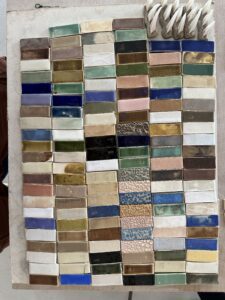
Remember: Clay contraction is a fascinating and essential aspect of ceramics. By understanding the science behind it, you can create pottery that’s not only beautiful but also structurally sound. So, embrace the shrinkage and let your pottery journey continue! and don’t forget:
Test, Test, Test!
Hungry for more!?
Watch this great resource video on how we make plaster slabs for our clay body testing in the CMW Workshop! A Plaster slab is valuable for testing clay bodies. This is our method for making testing slabs. What we like about this method is that it’s really easy all you need is a plastic tub, a bag of plaster, and things you probably already have lying around your studio.
This lesson is part of our Introduction to Clay Bodies course in which students learn about clay! Learn more HERE!
Ready to dive deeper?
Loved learning about ceramic glazes? Want to go even deeper? Check out our Workshops & Courses, now available in Spanish, or YouTube Channel where Matt breaks it all down, myth-busting and Stull chart included!

